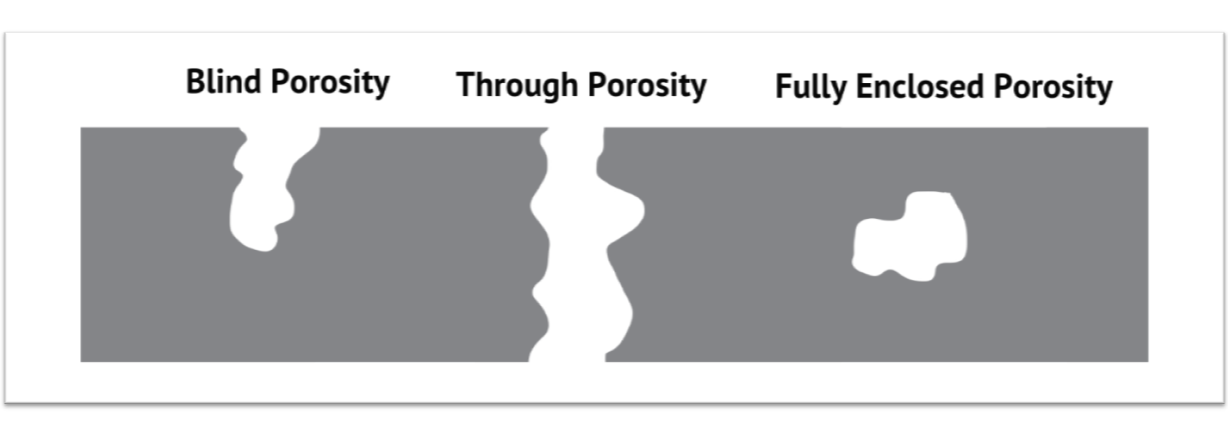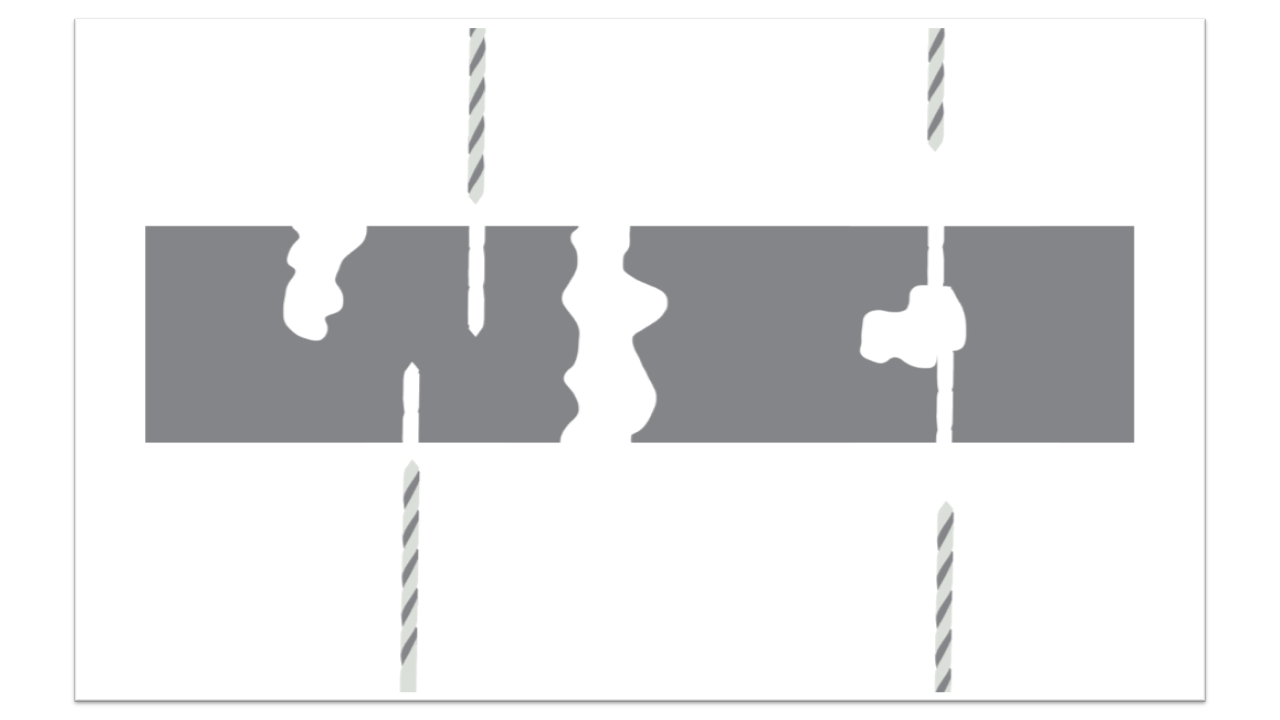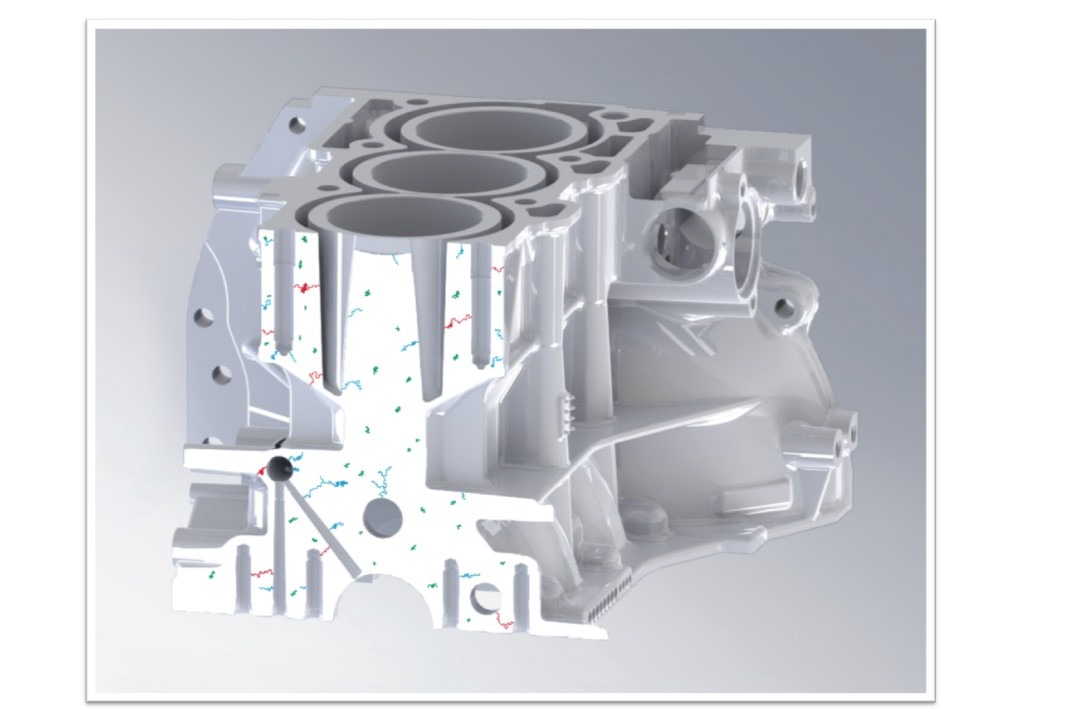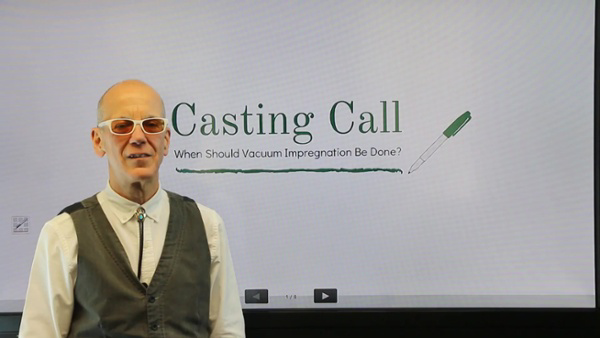The goal of a foundry is to produce high quality die castings that meet or exceed the customer’s specifications at a competitive cost. In some die casting cases, those specifications require that the part must hold pressurized fluid or gasses. Companies use vacuum impregnation when the part must hold fluids or gasses under pressure. A common question asked about vacuum impregnation is “When Should I Impregnate a Casting?” This video addresses this question by answering if vacuum impregnation should be done before or after machining and finishing.
Video Transcript
Hey, everyone. Welcome to “Casting Call” with Johnny Impreg. This is a premiere episode of a video blog series where we hope to answer all your compelling questions of everything impregnation. We’re going to start with the question I think I hear most often from folks is, “When should I impregnate a casting?”
Spoiler Alert!
Now, spoiler alert, I’m going to give you the answer now in case you’re short on time. But you want to do the impregnation after machining and prior to any kind of finishing like plating or painting.
Types of Porosity
Now, here’s why. Let’s consider the three different types of porosity you see in a raw casting—blind porosity, through porosity, wall to wall, and fully enclosed. If you impregnate a casting in this condition, you’ll get sealant in the blind. You’ll get it here, but you won’t get any sealant in this area. That becomes important when you do the machining, because when you machined from here, you’re going to have a leak path.

Now, if you do the impregnation after machining, you’ll still fill this and now you’ll fill this leak path as well. The reason you want to do it prior to finishing is you want to fill up all the porosity before you do the plating or painting. Otherwise, you could end up with out gassing or other blemishes that really don’t look so nice.

Real World Example
Let’s look at a real-world example on a cylinder block. Now, in this region here, we had a case where there was blind porosity going from here into the casting. It didn’t cause a problem until this machining cut was made. We have some other areas where we had enclosed porosity that was connected through two different machining passes. So, this is a real-world example of why you should do impregnation after machining.

So, I hope this little tutorial helped you. If you have any questions, please feel free to leave comments below and hit me up on WhatsApp or LinkedIn.

